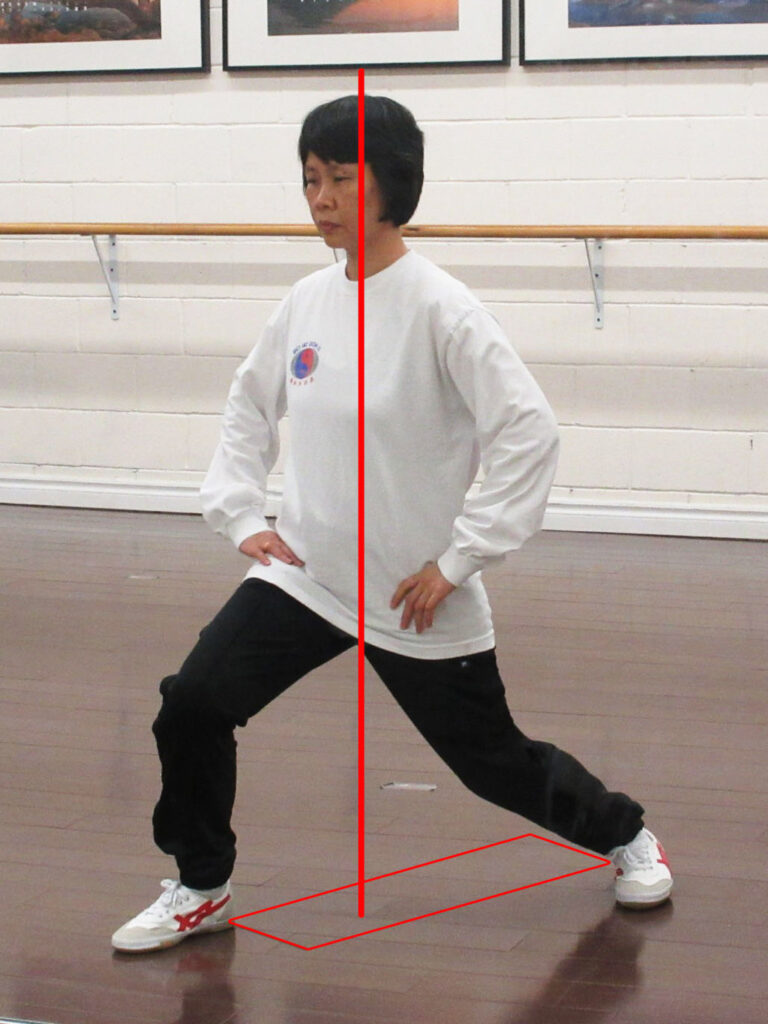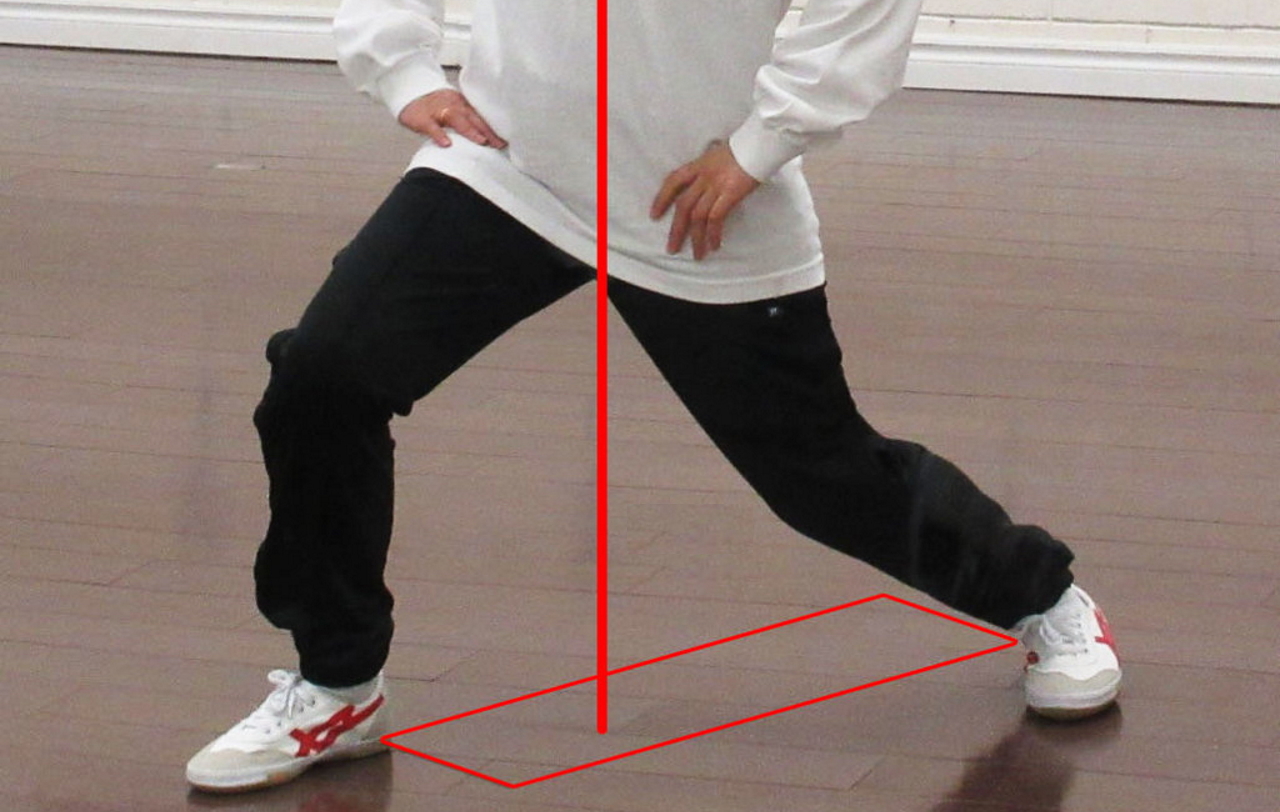Biomechanics—the placement of our bodies as we move—sheds light on why so many of us living in the Western world experience chronic pain. It is not uncommon to spend eight or more hours seated daily. This places undue stress on some muscles while others weaken from disuse. Add improper posture to long periods seated, and you have a recipe for chronic muscle pain and stiff, achy joints.
Think about your posture while seated. Are you slumped with your shoulders rounded forward? Is there an unnatural arch in the middle of your back? Are your hip joints tight? Is there tension in the muscles in the back of your legs? This common posture while seated is an example of poor body mechanics.
If you are dealing with chronic pain stemming from poor body mechanics, it is not too late to correct the problem. A regular tai chi practice can help realign the body, balance muscle use and improve muscle and joint health.
Restore Balance with Tai Chi
Tai chi is an internal martial art that requires focus of the mind and body. This low-impact exercise uses slow, continuous, synchronized movements that improve balance.
We do not often think about balance until we are performing tasks in which the need for it is apparent. For example, standing on one foot, walking on a tight rope or ice skating. However, balance is integral to all movement. Walking, standing, bending to tie our shoes or stretching to reach something on a high shelf all require balance. Maintaining balance is an essential part of good body mechanics.
In tai chi, we work to achieve balance between yin (passive force) and yang (active force)—front to back, left to right and top to bottom. In the Yang style forward bow stance for example, we place the center of our weight in such a way that creates equal tension in both legs. The upper body is vertically aligned. The body and legs naturally relax. Acting as a perfectly balanced bridge, the legs can take on a tremendous load. This stance maximizes the body’s ability to absorb or exert force, while putting minimal stress on muscles and joints.
Whole Body Alignment
In a basic exercise called “vertical circle” one hand circles clockwise then counterclockwise. This movement works on the principle of the three alignments: the alignment of the shoulder and hip; the elbow and knee; and the hand and foot. When the three alignments are in place, we can absorb or exert force using the entire body rather than a single part.
The slow, flowing movements of tai chi activate muscles in a way that rapid movements cannot. This strengthens muscles, including small, postural muscles close to the bones, which are more difficult to target. This improves balance and posture.
Better Posture with Tai Chi
Proper posture is critical to good body mechanics. What constitutes good posture? Good posture is balanced tension on the muscles that support our joints. When we achieve this balance, we no longer overwork some muscle groups while others lie dormant. An imbalance of muscle strength and usage creates havoc with our spines, causing back pain and muscle and joint aches.
Consider the example of poor body mechanics noted at the outset. The unnatural arching of the spine and neck while seated creates nagging back pain for many. After sitting with improper posture for so long, it may feel odd to pull the shoulders back, lift the chest and level your chin with the muscles of the jaw relaxed. Tai chi focuses on proper posture, realigning the spine and acclimatizing the body to correct posture.
Central Equilibrium
Central equilibrium (zhongding) is a fundamental principle in tai chi. We think of posture first and make a conscious effort to maintain good posture throughout the practice. This is very different from how we operate in our busy, daily lives, where we give little thought to our posture until we are plagued with low back pain.
Tai chi counters poor postural habits like slumping at our desks or standing in the same position for long periods with all of our weight placed on one leg. The gentle movements of tai chi stretch the muscles, releasing tension. We learn to consciously relax the muscles and breathe deeply, tapping into our inner energy to direct movement.
Core and Lower Body Strength
Tai chi strengthens leg and core muscles. We stabilize the hips and keep the muscles soft while maintaining a strong stance. This helps ward off another common complaint: knee pain. The two main muscle groups around the knees are the quadriceps and hamstrings. An imbalance in the use of these muscles puts strain on the knees.
The more we practice tai chi, with its focus on maintaining correct posture, the more our posture will improve as we move throughout our day.
Good Biomechanics and Musculoskeletal Health with Tai Chi
Balance and proper posture are key to proper biomechanics and good musculoskeletal health. Correct posture requires alignment of the spine and balanced tension in the muscles which support the joints. Achieving and maintaining good posture is a fundamental component of tai chi.
As we gently glide through the graceful movements of each form in tai chi, constant attention is given to proper placement of the body in space as each move is executed. The movements cannot be performed correctly without proper posture. Through continued practice of tai chi, correct posture becomes second nature which carries over into our daily lives.
Tai chi strengthens the core and aligns the spine, alleviating nagging back pain and amending poor postural habits. Leg muscles are strengthened and we become more steady in our stance, helping us to develop stronger balance.
We learn to make smooth, continuous movements that yield great power while using minimal effort. We develop strength with fluid movements and relaxed muscles. The efficiency of movement learned in tai chi translates to our daily movements. We focus on the alignment of the spine and the placement of the feet as we sit, walk, stand or lift.
In tai chi we learn to move more efficiently. We flow with gravity, rather than fighting against it. Each movement is performed in a way that minimizes stress on the joints while producing maximum power. Every principle of movement in tai chi works toward achieving this goal of efficient movement through proper placement of the body—the very essence of good body mechanics. Register for a class and discover how tai chi can improve your biomechanics.



